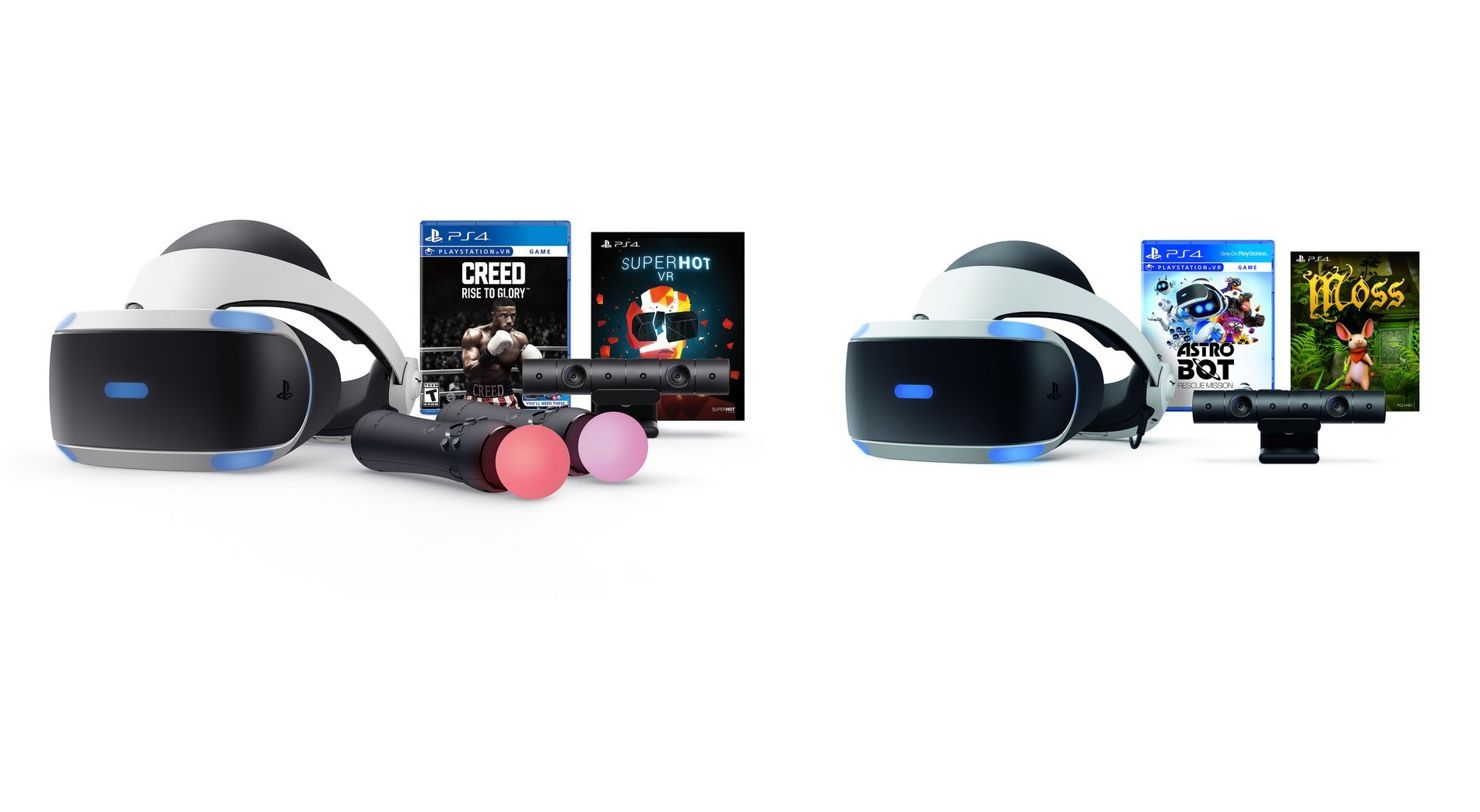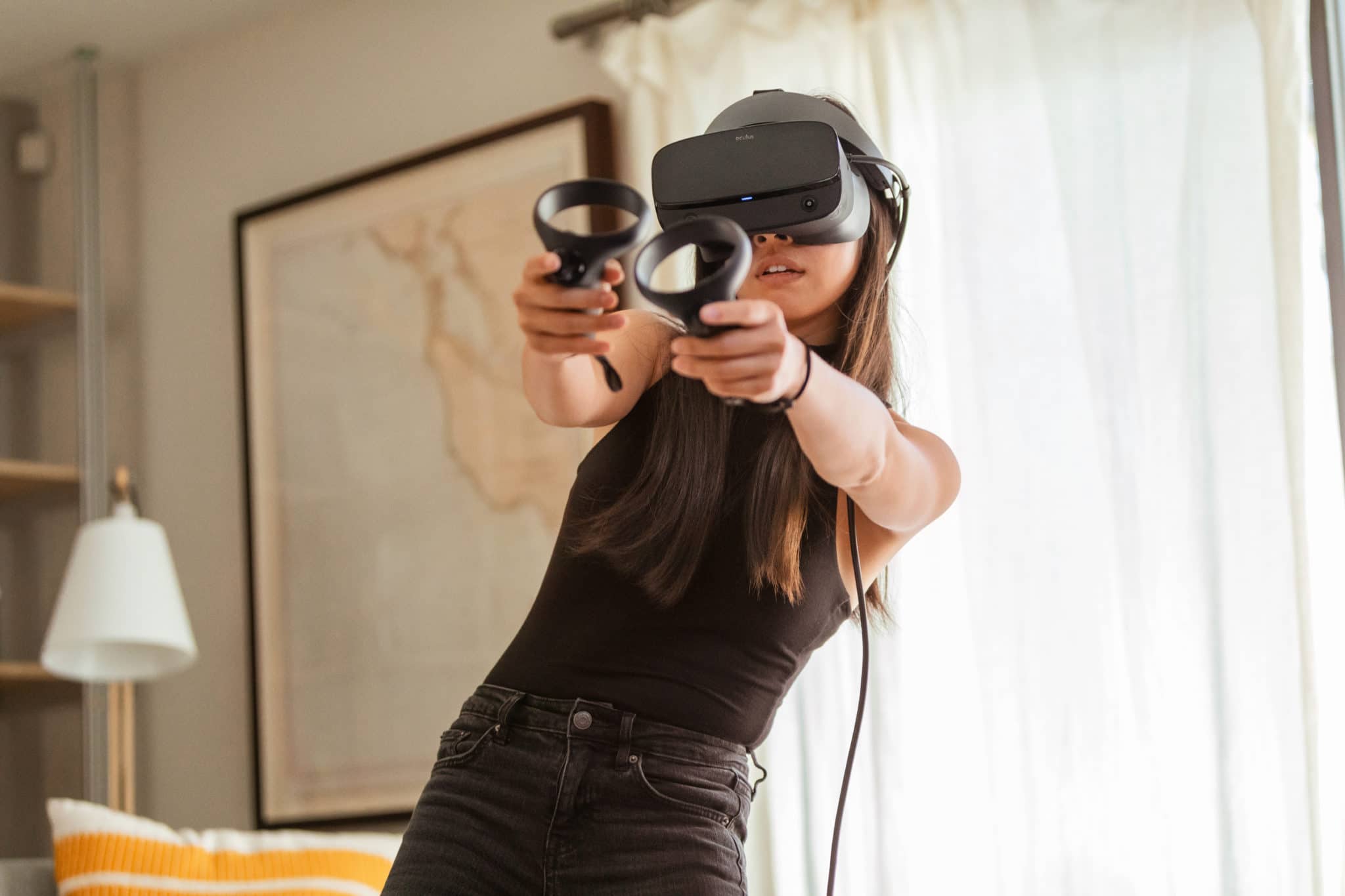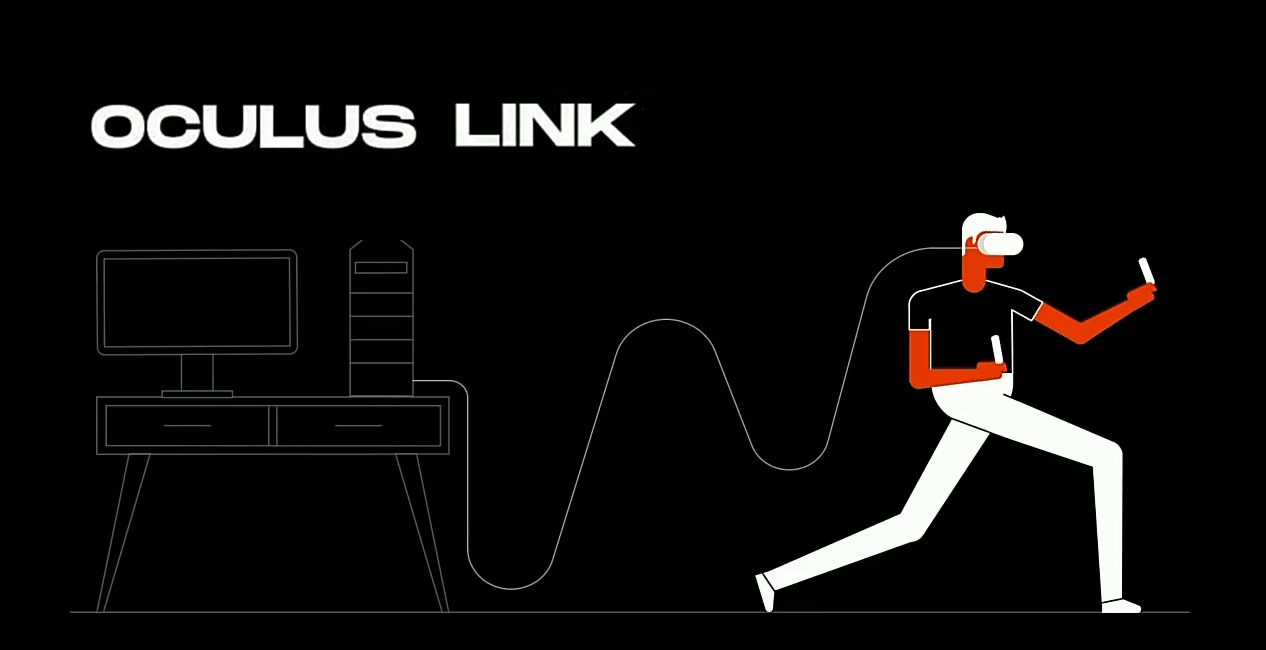At over five million units sold, Sony’s PlayStation VR (PSVR) is considered a modest success in the fledgling VR market. For its VR business to grow significantly, though, the company needs to set the bar much higher in the next-generation.
That might mean multiple PSVR headsets.
Sony still says its anticipated PlayStation 5 (PS5) console is arriving this holiday season. We aren’t expecting a possible PSVR 2 to arrive around the same time, but it could follow in 2021 or, perhaps more likely 2022.
When the original PSVR arrived in 2016, the console cycle was already three years in. With four years left on the clock, it didn’t at the time seem feasible for the company to release an updated version of the headset on PS4 before a true successor arrived on PS5. That just wasn’t the kind of timescale that worked for console cycles at the time. But, as we now know, VR isn’t really beholden to those same cycles.
Both Oculus and Valve have released second iterations of VR headsets since 2016 which, as we’ve written about before, has left PSVR feeling more and more dated by the day. If PSVR launches in 2021, it will no doubt be a huge leap over the original. But it would be impossible for Sony to deliver a headset that will keep up with the advances to come over the next decade, and so the gap will surely widen once again. That is unless the thing costs thousands at launch.
How to combat this? The answer is simple; be prepared to release more than one PSVR SKU.
Multiple Launch SKUs
What is a SKU, I hear you ask? It refers to Stock Keeping Unit, a means for retailers to keep tabs on different versions of the same product. In the console industry, it refers to several iterations of the same console; different SKUs of the PS4 feature different storage sizes and form factors (like the original design compared to the 2016 slim redesign).
For PSVR, multiple launch SKUs could help Sony future-proof a little. It could be that PSVR 2 launches with a cheaper base unit at a lower cost and then a more impressive, premium specification for enthusiasts. It’s similar to how Facebook sells 64GB and 128GB editions of Oculus Quest; the 64GB allows the company to advertise a $399 price to attract more casual consumers, but also offer something a little more for enthusiasts. For PSVR 2, though, we could be talking about more significant upgrades, perhaps to screen resolution and field of view.
Or, more likely, SKUs could differ in connection. Sony has skimmed the possibility of a wireless PSVR before. One SKU could feature this as an option, and another could take the wireless functionality out to drive down costs. Then, as the generation goes on, prices of both fall until, eventually, the premium model becomes the base package and perhaps there’s even room for a new model…
Mid-Gen Refresh
Facebook chose not to call its second Rift headset Rift 2. Instead it chose to label its modest upgrades — a small bump in screen resolution and a switch to inside-out tracking — as Rift S. The thought of Sony releasing a similar kind of update to an experimental and fairly expensive piece of hardware seemed crazy. But I think most PSVR fans would agree when I say I wish we’d got one. With more time on the console clock now, it’s definitely something Sony should consider for its next-gen VR strategy.
As time goes on, components come down in price, making headsets cheaper to manufacture and bringing technologies once too advanced into market viability. A mid-gen PSVR update could bring the expected bumps in resolution and other areas, and perhaps even introduce new features like eye-tracking that could push VR experiences even further. Or, Sony could opt for a more radical refresh.
Standalone PSVR With Oculus Link-Like Features?
We might not know how many units it’s sold to its name, but Facebook’s Oculus Quest certainly seems to be leading a second wind revolution for VR. Mark Zuckerberg says it’s outperforming his expectations and developers are routinely seeing their best sales on the device. Rumor is there’s already a better device on the way, too. Quest’s wireless, standalone design is making VR more accessible and viable to a great many more consumers. Anchoring PSVR 2 to PS5 will enable graphically richer, more technically complex experiences on the headset and wireless functionality could make it as immersive as Quest too, but it still adds an extra hurdle to getting into VR.
We doubt Sony is anywhere near ready to release a PSVR headset that’s independent of its console ecosystem but, once PSVR 2 is out the door, that might be where it should focus its efforts next. Could the company release a standalone headset that boasted the power of a PS4 by, say, 2025? A device that could, for $400 or so, play original PSVR games with 360-degree tracking and then be plugged into or connect wirelessly to your PS5 to access the next wave of VR content. Could that be Sony’s path to competing with future Quests? The Quest itself can plug into PCs to access Rift content, massively expanding the appeal of the device to enthusiasts. A PSVR headset imitating that concept could truly give Facebook a run for its money.
—
Want to keep up with the latest on PSVR 2? Check out our article on everything we know about the headset so far.































